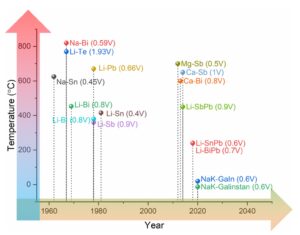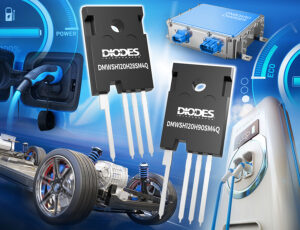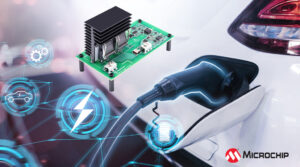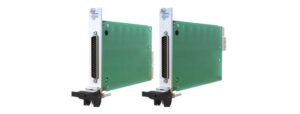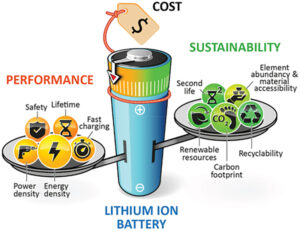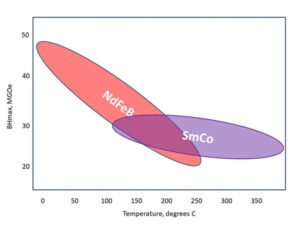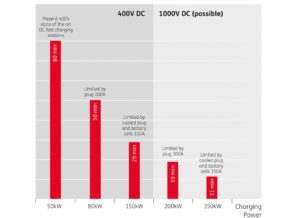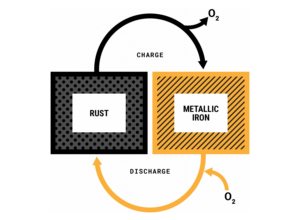Liquid metal batteries are being developed primarily for battery energy storage system (BESS) systems but may find future applications in electric vehicles (EVs) and wearables and portable devices. The first commercial BESS using a liquid metal battery is expected to become operational soon, but the longer-term outlook for large-scale market penetration remains cloudy. The first…
Automotive-compliant SiC MOSFETs boost subsystems efficiency
Diodes Incorporated announced a further enhancement of its wide-bandgap product offering with the release of the DMWSH120H90SM4Q and DMWSH120H28SM4Q automotive-compliant Silicon Carbide (SiC) MOSFETs. These N-channel MOSFETs respond to the increasing market demand for SiC solutions that enable better efficiency and higher power density in electric and hybrid-electric vehicle (EV/HEV) automotive subsystems like battery chargers,…
SiC-enabled demo board available in six variant for 400 – 800 V battery systems
To provide BEV and HEV designers with a faster and more reliable high-voltage circuit protection solution, Microchip Technology announces the E-Fuse Demonstrator Board, enabled by silicon carbide (SiC) technology, available in six variants for 400–800V battery systems and with a current rating up to 30 amps. The E-Fuse demonstrator can detect and interrupt fault currents in microseconds,…
PXI multi-channel battery simulator modules emulate battery stacks up to 1000 V
Pickering Interfaces announced the latest version in its 41/43-752A range of battery simulator modules. Ideal for EV battery stack emulation in BMS test applications, the 41/43-752A-111’s increased voltage isolation (now 1000V) will be essential as the EV industry shifts from 400V to 800V architectures. Targeting EV (electric vehicle), electric aircraft and other automotive, aerospace and energy…
PMIC recharges battery or capacitor using energy harvesting
Nexperia announced an expansion to its range of Power ICs with Energy Harvesting solutions to simplify and enhance the performance of low-power Internet of things (IoT) and other embedded applications. The NEH2000BY is a high-performance power management integrated circuit (PMIC) that recharges a battery or storage capacitor using energy harvested from ambient sources, such as […]
How can primary Li batteries contribute to sustainability?
A lot has been written regarding rechargeable lithium (LI) batteries and sustainability. Primary (non-rechargeable) Li batteries can also make major contributions to improving the sustainability of the systems where they are used. This FAQ reviews some of the factors related to the sustainability of primary Li batteries including key performance indicators (KPIs), downcycling versus recycling,…
Rare earths and EVs — it’s not about batteries
Rare earths play an important part in the sustainability of electric vehicles (EVs). While there are sustainability challenges related to EV batteries, rare earths are not used in lithium-ion batteries. They are necessary for the magnets that form the main propulsion motors. The batteries mostly rely on lithium and cobalt (not rare earths). At the…
What’s the difference between quick charge and extreme fast charge?
Several things. First, quick charge is used with devices like smart phones and tablet computers, while extreme fast charging (XFC) is used with electric vehicles (EVs). Quick charge (QC) is generally slower than extreme fast charge. QC has competitors like universal serial bus power delivery (USB-PD), IEC 62680-1-2:2022, and USB extended power range (EPR). Tesla…
EV basics: Comparing innovative battery chemistries
While lithium-ion battery chemistry dominates the current electric vehicle market, scientists are working to develop innovative battery chemistries that address the known challenges the existing chemistry presents. By Adam Kimmel for Mouser Electronics Sales of electric vehicles (EVs) continue to outpace the overall automotive segment, with EV market shares of 5.2% in Q1 and 5.6%…
What battery chemistries are used in grid-scale energy storage?
Expansion of grid-scale energy storage is important to enable the transition to variable renewable energy (VRE) sources such as wind and solar, and a green energy economy. The use of battery energy storage systems (BESS) is a key to enabling the growing penetration of VREs. BESS installations are classified as behind-the-meter (BTM) or front of…

